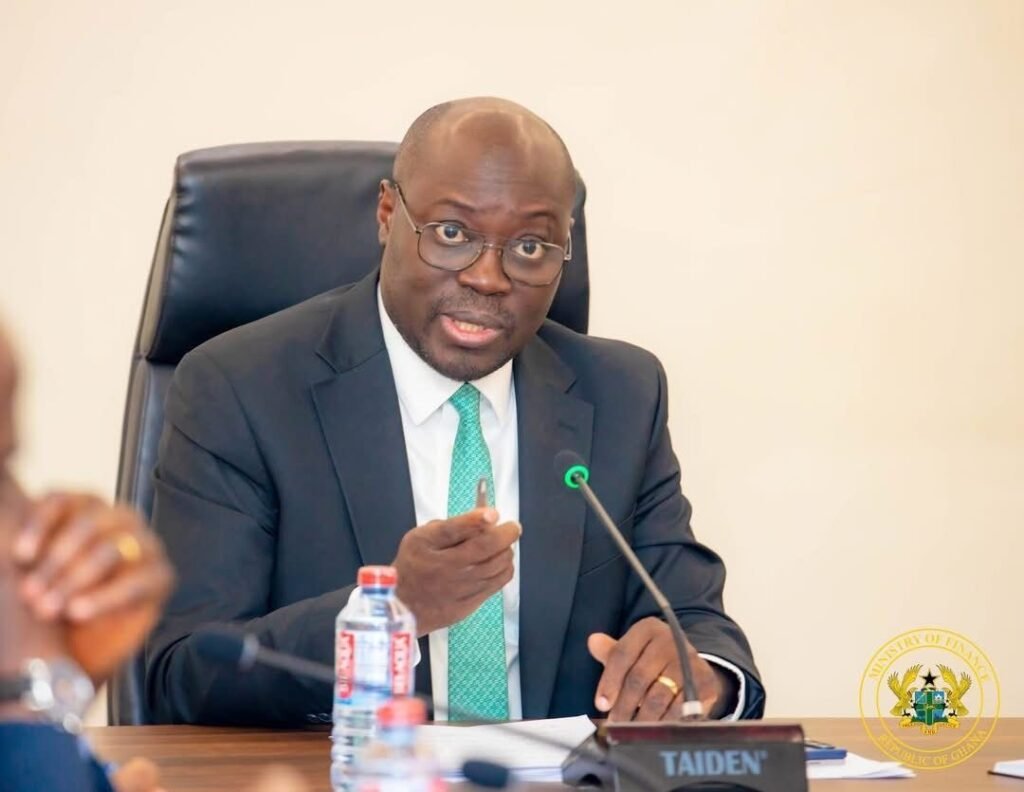The investigations board set up to look into the August 6 Ghana Armed Forces helicopter crash has ruled that the aircraft was in good condition to fly, however it lacked some key safety enhancements.
According to them, the helicopter did not have certain avionic systems that would have enhanced situational awareness and reduced the workload on the crew.
Presenting the findings on November 11, Aircraft Accident Investigator Captain Paul Forjoe said the team’s assessment found that the aircraft had passed necessary checks before taking off and was fit for service.
“The helicopter was airworthy but it lacked additional safety enhancements,” he stated.
He explained that aircraft undergo periodic checks to ensure they are fit to fly.
“The helicopter entered Ghana Air Force service in May 2015, having been manufactured in 2012, and it reached its 10-year service threshold on 18th May 2025,” he said.
“The Air Force also did a 100-hour check on the helicopter before the flight. The aircraft on the day was declared serviceable and duly signed off by both the engineers and the captain,” Captain Forjoe added.
“The flight data report indicates that the helicopter was in good working condition.”
He however noted that the helicopter did not have some avionic safety enhancements.
“The additional safety equipment that the helicopter did not have were things like Helicopter Terrain Awareness System or the Enhanced Ground Proximity Warning System, Advanced Navigation with Terrain Marking, an Automatic Flight Control System,” he said.
“I would say that these safety equipment would have enhanced situational awareness. For instance, it didn’t have autopilot, that’s the automatic flight control system, the crew had to manually fly the plane so it sort of increases workload.”
He explained that such equipment allows pilots to think more easily and make better judgments.
“Terrain awareness system for instance, is predictive. It warns you, it gives you a better picture of the situation and puts the pilot in a position to make better judgements, to be able to see everything and foretell if anything could possibly create a problem,” he added.
“Despite all this, the aircraft was in a good condition to fly and met all safety requirements,” he added.
“The investigation has recommended strongly for aircrafts with these additional safety enhancements to be acquired immediately for the Air Force.”
Moving on to organizational and systemic issues, Captain Forjoe revealed that the Air Force lacked sufficient national navigational capability for remote-area weather services, had limited simulated training for pilots, and did not have systems for flight data monitoring or real-time tracking.
The board recommended that the Air Force acquire modern aircraft with terrain avoidance warning systems and updated navigation tools, install cockpit voice and flight data recorders with audio-visual capability, invest in simulators for recurrent training, and establish proper flight monitoring systems. It also urged collaboration with certified aviation weather providers and the modernization of ground support equipment.
“There is the definite need to modernize the fleet of the Ghana Air Force,” he stressed.
The August 6 crash occurred in a forested area in Adansi Akrofuom in the Ashanti Region, killing all eight people on board. They were Minister for Defence Dr. Edward Omane Boamah, Minister for Environment, Science, Technology and Innovation Dr. Ibrahim Murtala Muhammed, Acting Deputy National Security Coordinator Alhaji Muniru Mohammed Limuna, Vice Chairman of the National Democratic Congress Dr. Samuel Sarpong, former Parliamentary Candidate Samuel Aboagye, Squadron Leader Peter Bafemi Anala, Flying Officer Manaen Twum-Ampadu, and Sergeant Ernest Addo Mensah.




